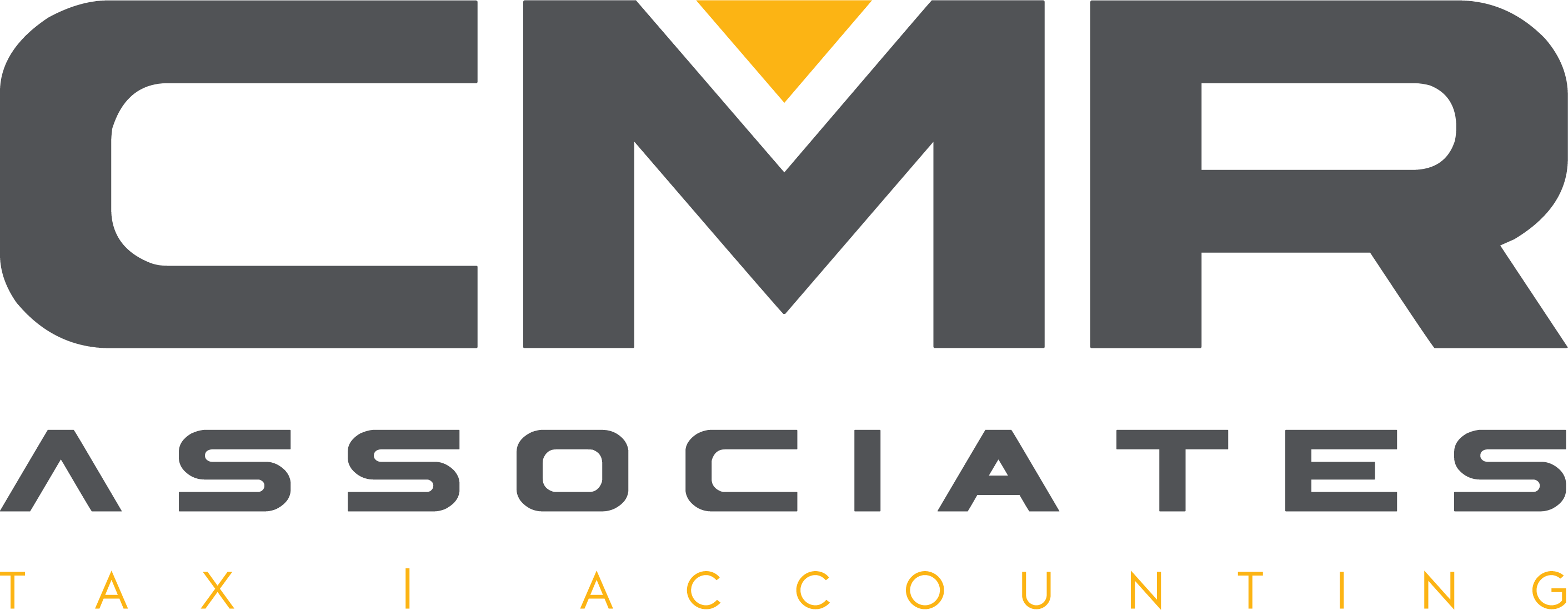
“Bunching” medical expenses will be a tax-smart strategy for many in 2017
Various limits apply to most tax deductions, and one type of limit is a “floor,” which means expenses are deductible only if they exceed that floor (typically a specific percentage of your income). One example is the medical expense deduction.
Because it can be difficult to exceed the floor, a common strategy is to “bunch” deductible medical expenses into a particular year where possible. If tax reform legislation is signed into law, it might be especially beneficial to bunch deductible medical expenses into 2017.
The deduction
Medical expenses that aren’t reimbursable by insurance or paid through a tax-advantaged account (such as a Health Savings Account or Flexible Spending Account) may be deductible — but only to the extent that they exceed 10% of your adjusted gross income. The 10% floor applies for both regular tax and alternative minimum tax (AMT) purposes.
Beginning in 2017, even taxpayers age 65 and older are subject to the 10% floor. Previously, they generally enjoyed a 7.5% floor, except for AMT purposes, where they were also subject to the 10% floor.
Benefits of bunching
By bunching nonurgent medical procedures and other controllable expenses into alternating years, you may increase your ability to exceed the applicable floor. Controllable expenses might include prescription drugs, eyeglasses and contact lenses, hearing aids, dental work, and elective surgery.
Normally, if it’s looking like you’re close to exceeding the floor in the current year, it’s tax-smart to consider accelerating controllable expenses into the current year. But if you’re far from exceeding the floor, the traditional strategy is, to the extent possible (without harming your or your family’s health), to put off medical expenses until the next year, in case you have enough expenses in that year to exceed the floor.
However, in 2017, sticking to these traditional strategies might not make sense.
Possible elimination?
The nine-page “Unified Framework for Fixing Our Broken Tax Code” that President Trump and congressional Republicans released on September 27 proposes a variety of tax law changes. Among other things, the framework calls for increasing the standard deduction and eliminating “most” itemized deductions. While the framework doesn’t specifically mention the medical expense deduction, the only itemized deductions that it specifically states would be retained are those for home mortgage interest and charitable contributions.
If an elimination of the medical expense deduction were to go into effect in 2018, there could be a significant incentive for individuals to bunch deductible medical expenses into 2017. Even if you’re not close to exceeding the floor now, it could be beneficial to see if you can accelerate enough qualifying expense into 2017 to do so.
Keep in mind that tax reform legislation must be drafted, passed by the House and Senate and signed by the President. It’s still uncertain exactly what will be included in any legislation, whether it will be passed and signed into law this year, and, if it is, when its provisions would go into effect. For more information on how to bunch deductions, exactly what expenses are deductible, or other ways tax reform legislation could affect your 2017 year-end tax planning, please contact us.
Tax Accounting, Tax Preparation, and Business Consulting for Metairie, Louisiana
Industry Specific Accounting
Metairie CPA Services
Metairie CPA News
Tax Accounting, Tax Preparation, and Business Consulting for Mandeville, Louisiana
Industry Specific Accounting
Mandeville CPA Services
Mandeville CPA News
Tax Accounting, Tax Preparation, and Business Consulting for Baton Rouge, Louisiana
Industry Specific Accounting
Baton Rouge CPA Services
Baton Rouge CPA News
Tax Accounting, Tax Preparation, and Business Consulting for Covington, Louisiana
Industry Specific Accounting
Covington CPA Services
Covington CPA News
Mandeville Notary Public Services
Madisonville Notary Public Services
Covington Notary Public Services




